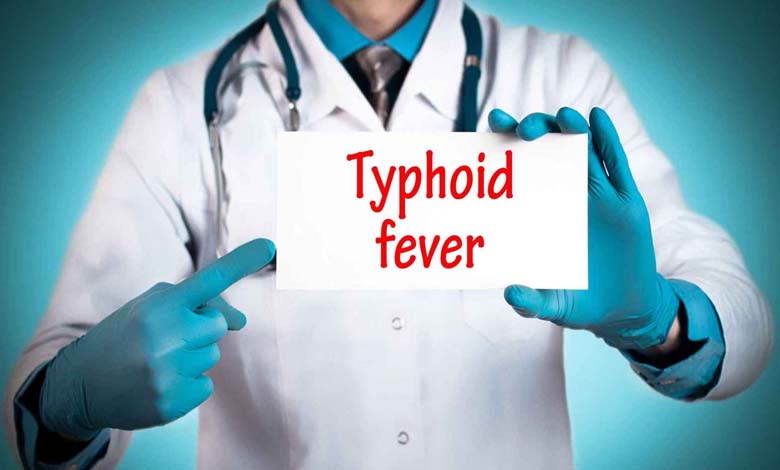Typhoid Defies Antibiotics and Threatens the World

While the world is still recovering from the aftermath of the COVID-19 pandemic, an older threat is quietly resurfacing: typhoid fever.
Once treatable with standard antibiotics, this bacterial infection is now showing alarming signs of resistance, raising concern among global health experts.
-
Watch out! Too many antibiotics are prescribed to children from 0 to 4 years old and it is not good for your health
-
Drug resistance kills 3 million children in a single year
Typhoid is caused by the bacterium Salmonella enterica serotype Typhi.
It spreads through contaminated food or water and is most common in developing countries where access to clean water and proper sanitation is limited.
Symptoms include high fever, abdominal pain, headaches, severe fatigue, and in some cases, life-threatening complications.
Recent studies have uncovered strains of Salmonella Typhi that are resistant to multiple classes of antibiotics, including fluoroquinolones and cephalosporins—the frontline treatments until recently. This resistance makes typhoid cases increasingly hard to treat, leading to higher rates of complications and mortality.
-
The Truth about Magnesium Supplements: Health Miracle or Overhyped Trend?
-
Causes of Bruising in Elderly People
Although typhoid is most prevalent in South Asia, Africa, and parts of Latin America, no country is truly safe.
With global travel, migration, and trade on the rise, resistant strains can easily cross borders. What begins as a localized outbreak could quickly become a global health emergency.
To combat this growing threat, prevention remains our strongest defense. This includes:
-
Serious Disease Threatening Human Lives Spreads in American State
-
Discovery of a new antibiotic in the human nose
- Vaccination in high-risk regions
- Improved sanitation infrastructure
- Public health education
- Enhanced epidemiological surveillance
- A responsible use of antibiotics to slow down resistance development
Antibiotic-resistant typhoid is a warning bell we cannot afford to ignore.
It’s time to invest in research, strengthen public health systems, and raise global awareness of this overlooked threat. Because when bacteria evolve, inaction can have deadly consequences.












